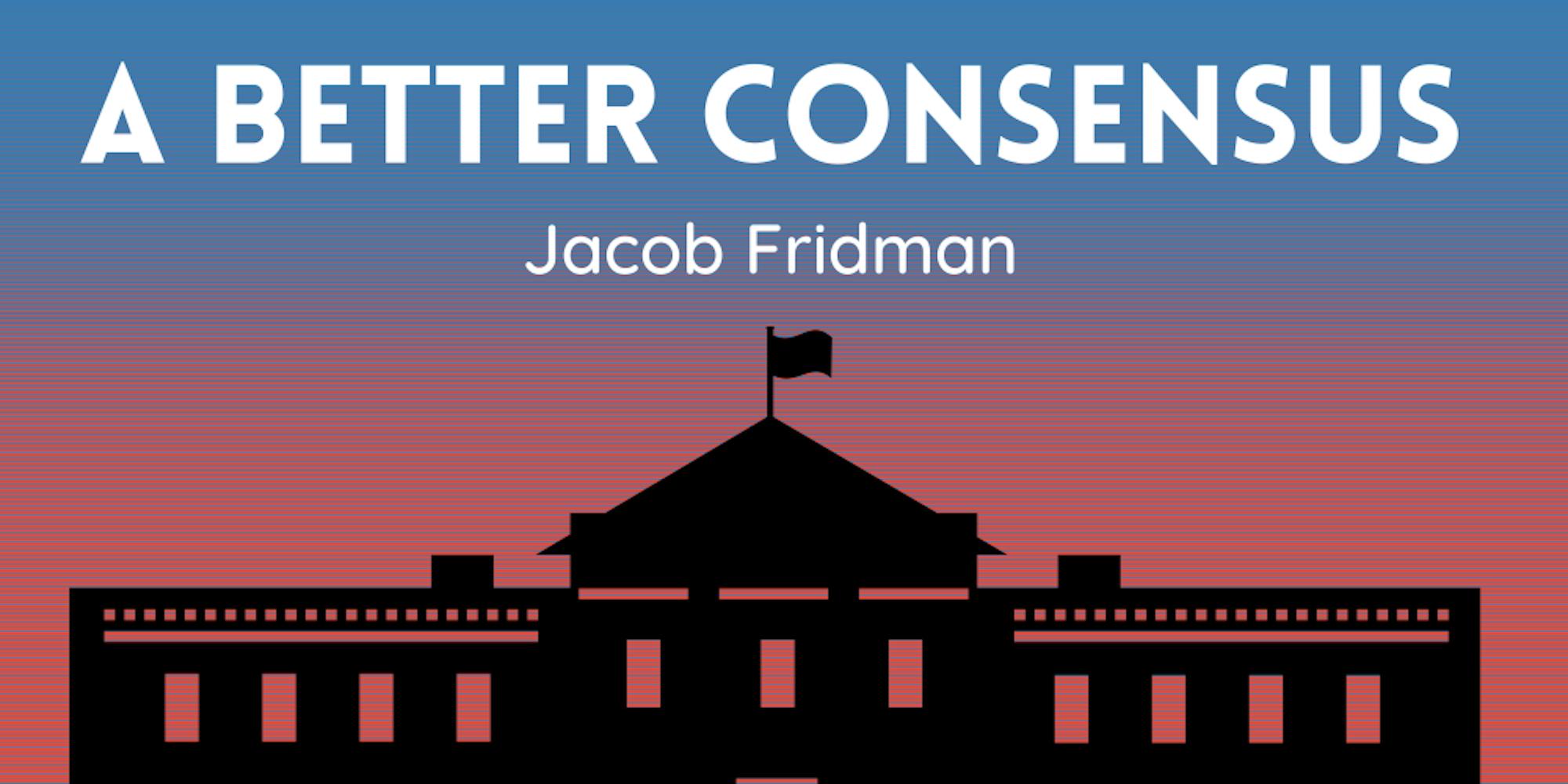Democratic Senator Joe Manchin’s concerns about the labor participation and budgetary costs of the Child Tax Credit have forced lawmakers to consider extending it for only one more year, not to 2025 as the Biden administration had proposed. Manchin’s demands would cap recipients’ earnings just $60,000 in income and add work requirements.
I’d argue for expanding it into a permanent basic income of at least $2,000 a month for every American making under $160,000 (the high-end of middle-class income via Pew Research), which includes over 80% of Americans. Parents would get either $2,000 each or $4,000 jointly, and children would get $2,000 each. The income threshold and payment amounts would be adjusted annually, per inflation.
It sounds like former 2020 presidential candidate Andrew Yang’s Freedom Dividend, but it also sounds like libertarian economist Milton Friedman’s negative income tax or Alaska’s Permanent Fund Dividend that equally distributes its oil revenue to nearly every Alaskan.
Basic income beats welfare because it could help people in escaping poverty. Currently, if people earn enough at their job to fulfill work requirements, they may lose the benefits and their post-tax income is less than the original welfare, so there’s an incentive to not work and spend less. No-strings-attached payments would allow people to find the right job and buy according to their individual needs. This would bring greater economic stability and productivity.
We know this from experiments in Stockton, Calif. and the nationwide Child Tax Credit.
Two years of $500 per month given to 125 individuals making less than $46,000 a year in Stockton yielded increased financial stability and a 12% increase in full-time employment, with less than 1% of the money going to alcohol and cigarettes. Most funds were spent on essentials like food and bills, which refutes the idea that aid will inevitably be wasted.
The one-year expansion of the Child Tax Credit gave $3,000 per child ($3,600 for children under the age of six), per month, with phaseouts after $75,000 for individuals and $150,000 for couples. What happened?A Brookings survey found that across income levels, the money was mainly put toward emergency savings (telling, when most Americans couldn’t pay a $400 emergency expense pre-pandemic), housing, food, children’s essentials and college funds.A studyby the Washington University in St. Louis showed that with the Child Tax Credit, 94% of parents plan to continue or increase work and 21.3% owned a small business or hoped to start one. ANiskanen Center report predicted the support of 500,000 new jobs, a $27 billion consumer spending increase and $1.9 billion in state and local sales tax revenue. That is productivity at work, spurred by equality of opportunity.
We could pay for this by folding the entire welfare state, barring healthcare regulations and child-centric programs like school lunches, into an expanded Earned Income Tax Credit (with separate checks for those who don’t file taxes). Or maybe go with Yang’s opt-in system and allow Americans to choose between traditional welfare and the basic income, and adjust budgets accordingly. Either way, there’s a reduced bureaucracy bonus.
Let’s give Americans a freer, more equal playing field.





